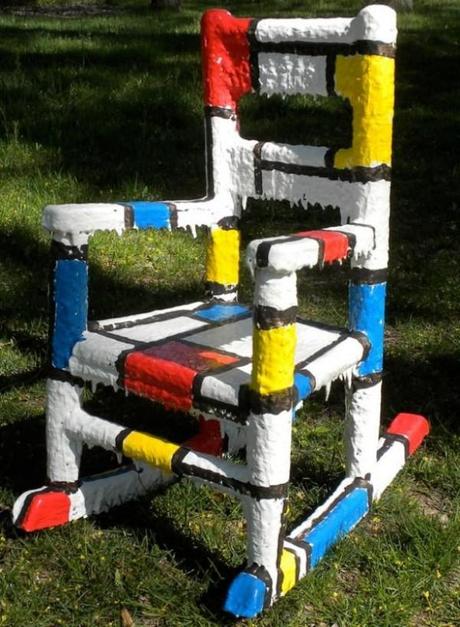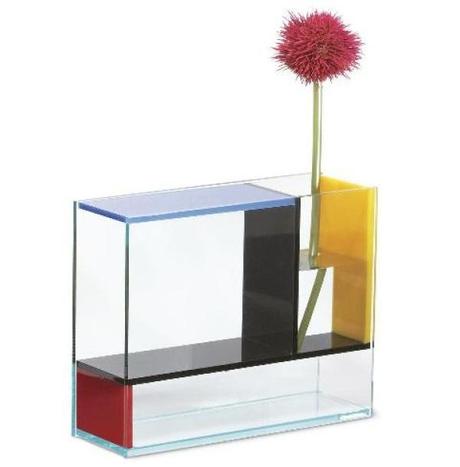
Investing in art has long been a pursuit of the wealthy and culturally inclined, but in recent years, it has become more accessible to a wider audience. With the right knowledge, art can be a rewarding addition to a diversified investment portfolio. This guide outlines ten essential tips to help you navigate the art market and make informed decisions when purchasing art for investment purposes.
1. Understand the Art Market
Before investing, familiarising yourself with the art market’s operations is crucial. There are two main segments: the primary market, where artworks are sold for the first time (typically through galleries), and the secondary market, where previously sold pieces are resold (often through auction houses). Keeping an eye on market trends, artist popularity, and economic conditions can provide valuable insights.
2. Define Your Investment Goals
Clarify what you hope to achieve from investing in art. Are you looking for long-term appreciation, a quick return, or a blend of both? Understanding your objectives will help guide your decisions, from choosing the type of art to invest in to determining your budget and acceptable risk level.
3. Do Your Research
Knowledge is power in the art world. Spend time learning about different artists, art movements, and historical contexts. Use resources like ArtNet, Artsy, and Artprice to track sales records and gain insights into pricing. The more informed you are, the better positioned you’ll be to identify valuable opportunities.

4. Buy What You Love (But Be Strategic)
While investment potential is important, choosing pieces you genuinely appreciate is wise. Art is a unique asset in that you can enjoy it visually while it (hopefully) appreciates in value. However, steer clear of overly trendy pieces that may not hold their value in the long term.
5. Focus on Emerging Artists
Investing in up-and-coming talent can be a smart move. Emerging artists often offer lower price points with higher potential for future growth. Attend student shows, visit independent galleries, and stay updated on award winners and rising stars.
6. Assess Provenance and Authenticity
The history of an artwork—its provenance—plays a major role in its value. Always verify the authenticity of a piece through certificates and expert validation. Be wary of forgeries and ensure all documentation is in order before making a purchase.
7. Consider the Condition and Medium
An artwork’s physical condition significantly impacts its value. Pieces requiring extensive restoration may not be worth the investment. Also, consider the medium—oil paintings, for instance, tend to hold value better than prints or mixed media.
8. Work with Trusted Experts
Navigating the art world can be complex, so it helps to consult reputable dealers, galleries, and art advisors. These professionals can provide valuable guidance, especially when you’re new to the market. Always verify their credentials and track records.

9. Think About Storage and Insurance
Proper storage is vital for maintaining an artwork’s condition. Climate control, light exposure, and physical security all play roles. Additionally, ensure your pieces are adequately insured and appraised to protect your investment.
10. Plan for Resale
Have an exit strategy in mind. Whether you choose to sell through auction, gallery resale, or a private collector, it’s important to understand your options. Be aware of potential tax implications and artists’ resale rights under UK law.
Investing in art combines financial acumen with a passion for culture and beauty. By understanding the market, conducting thorough research, and making informed choices, you can build a collection that is both personally meaningful and potentially lucrative.

